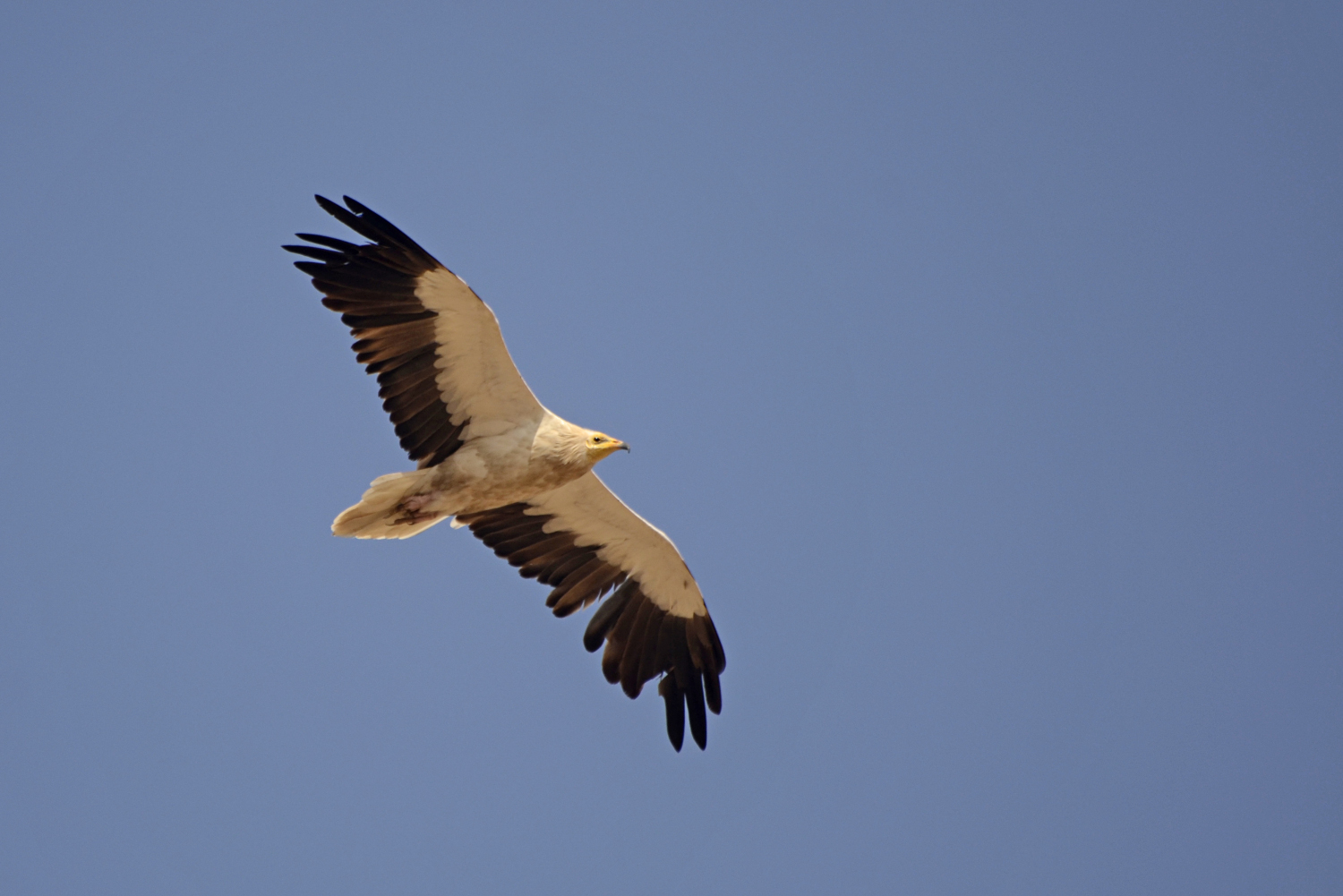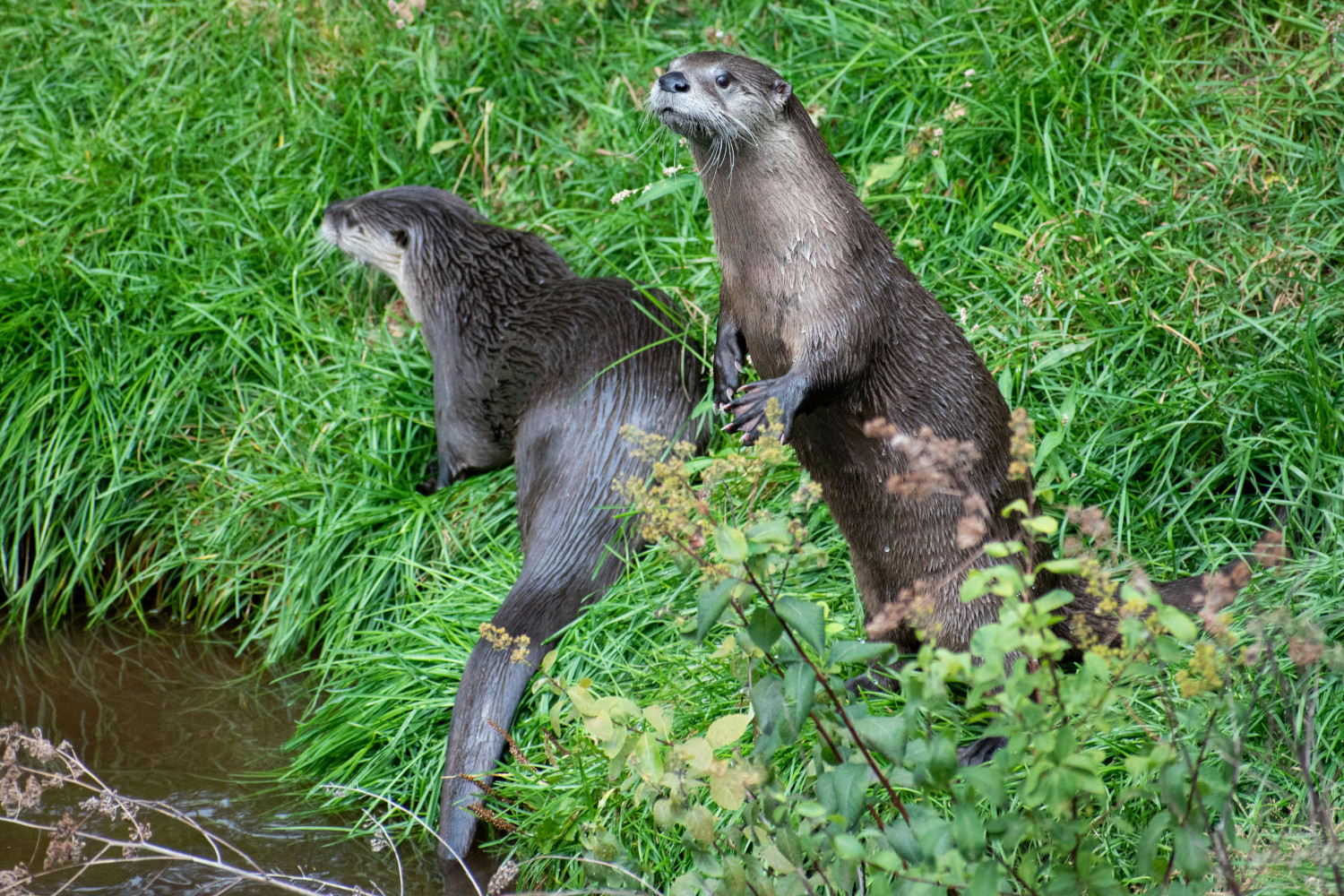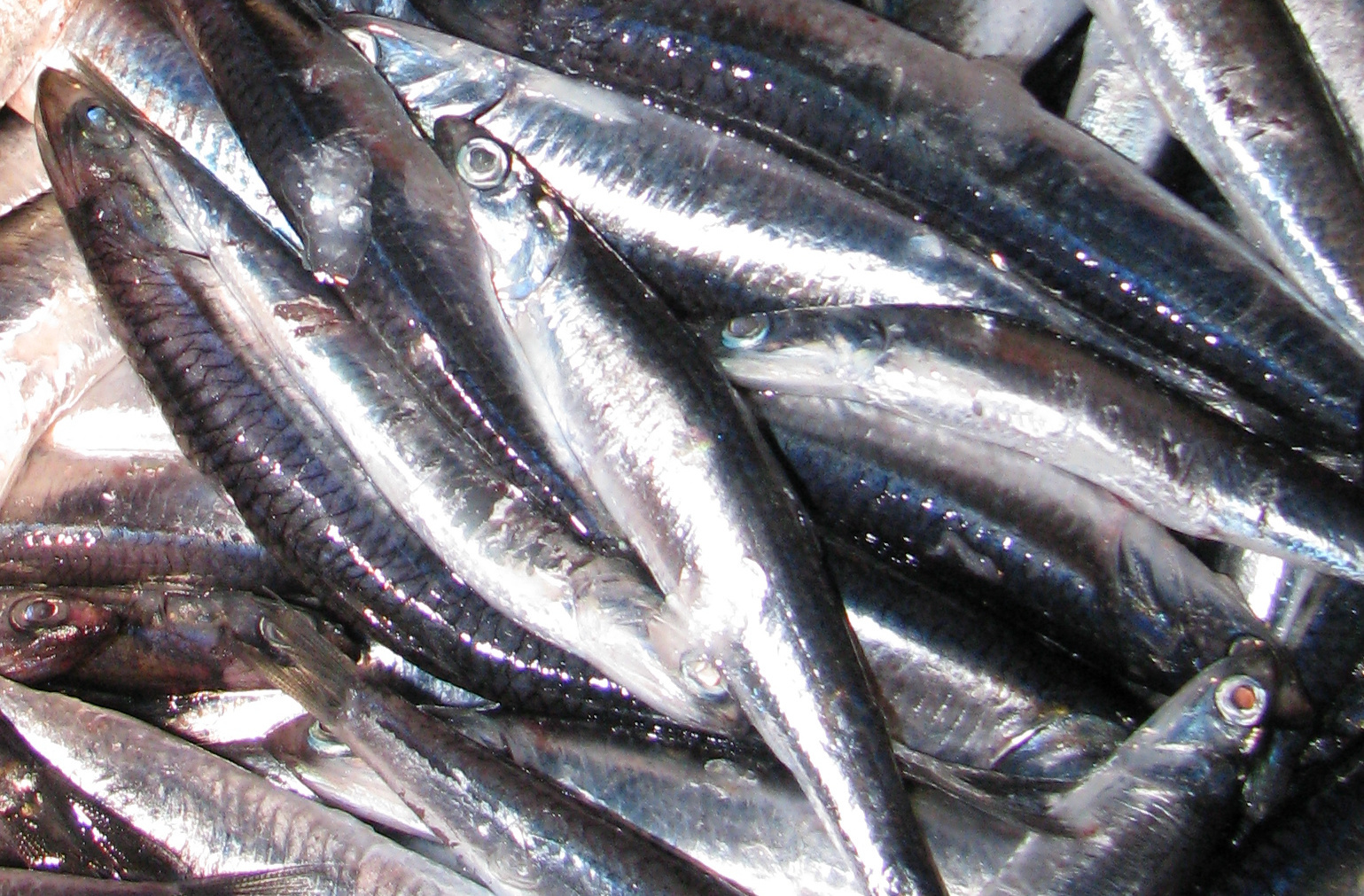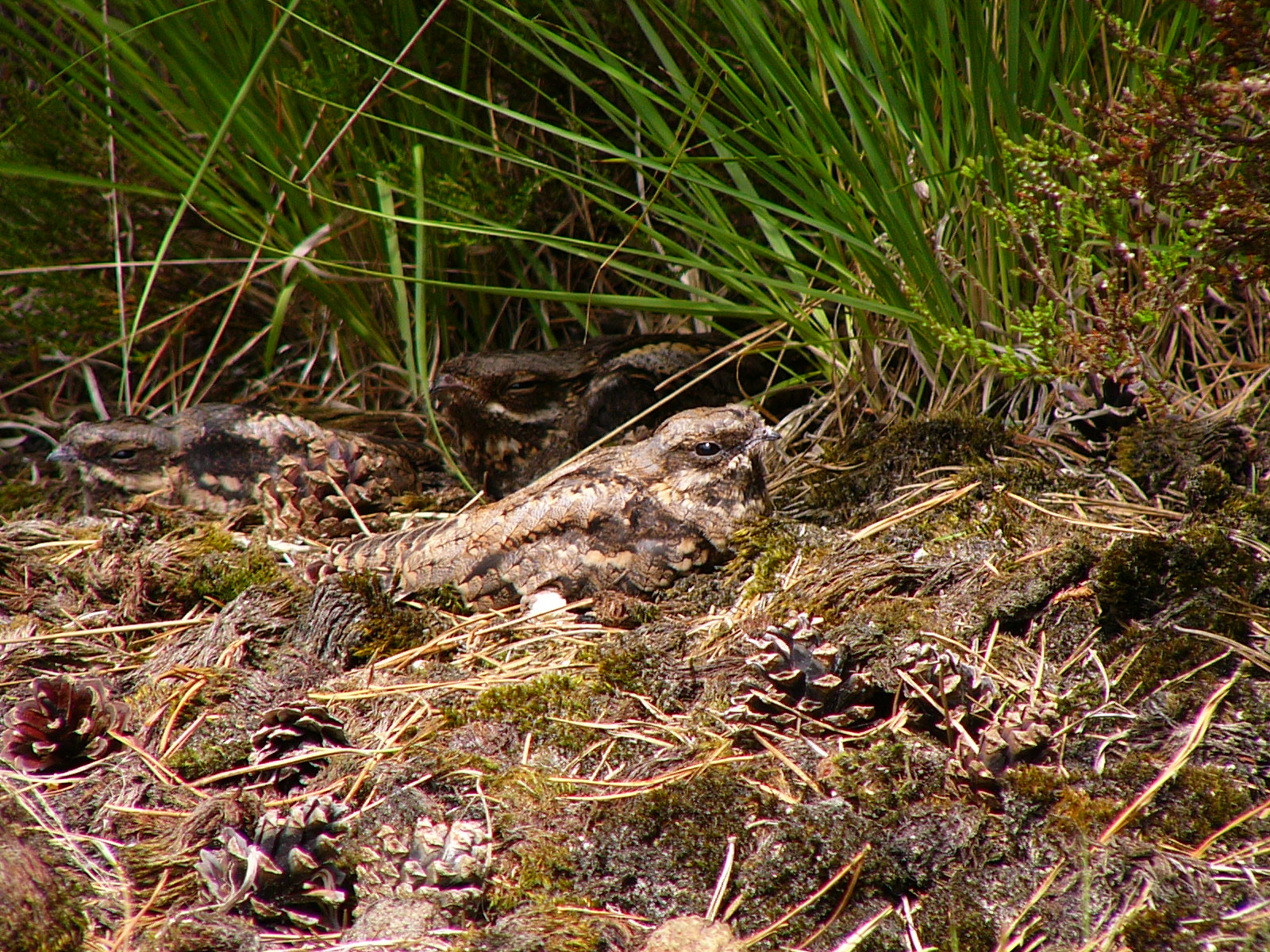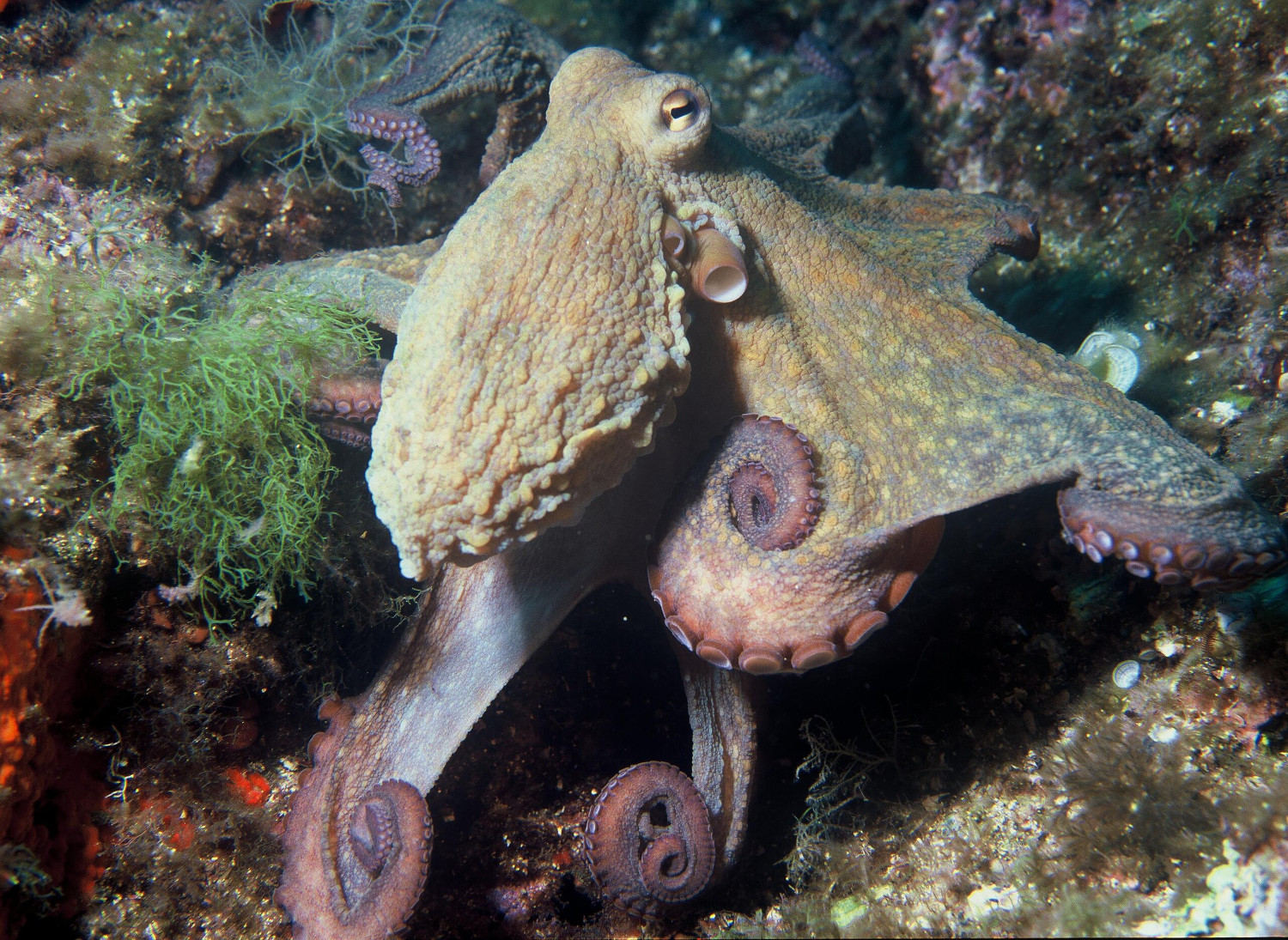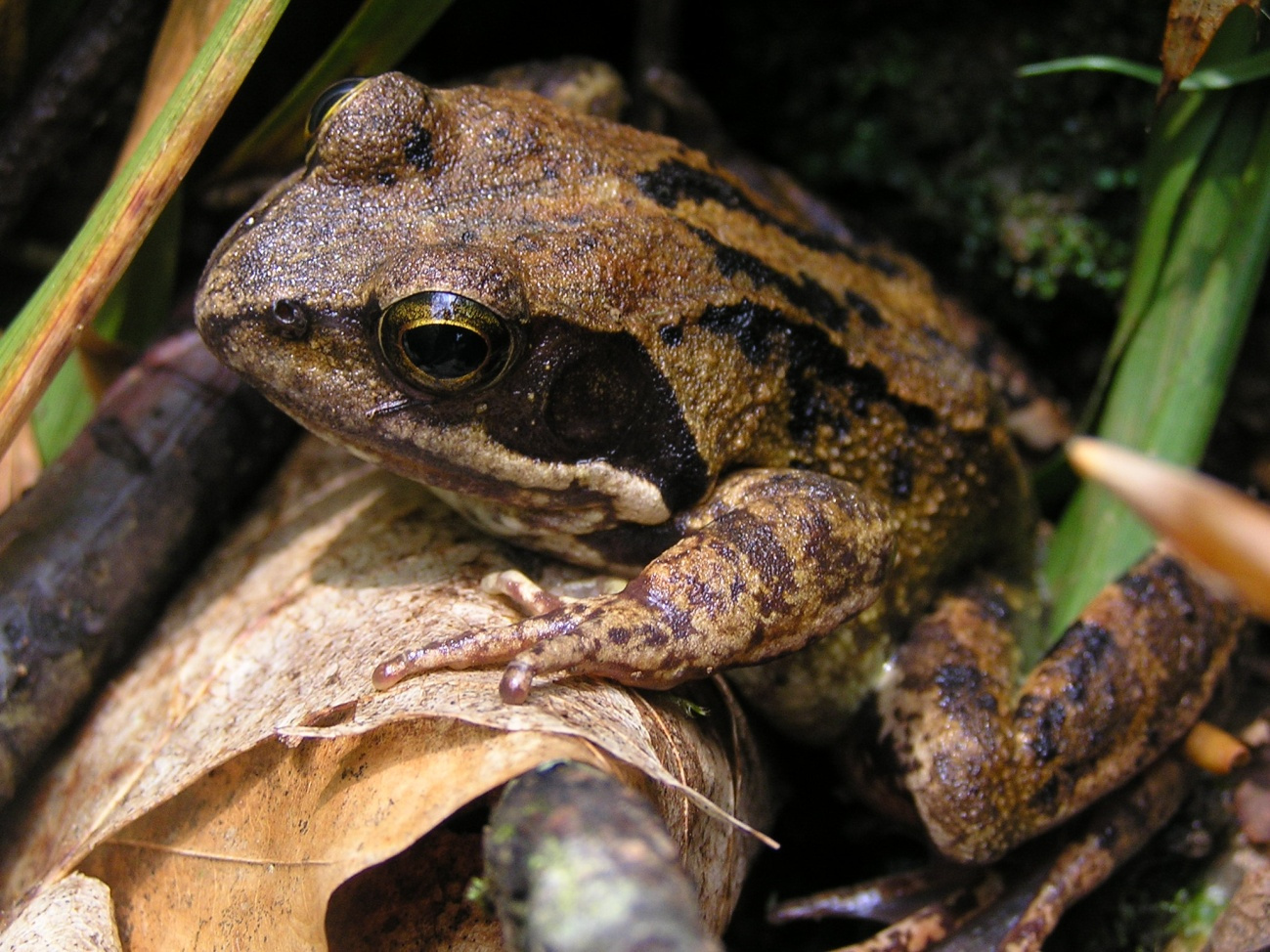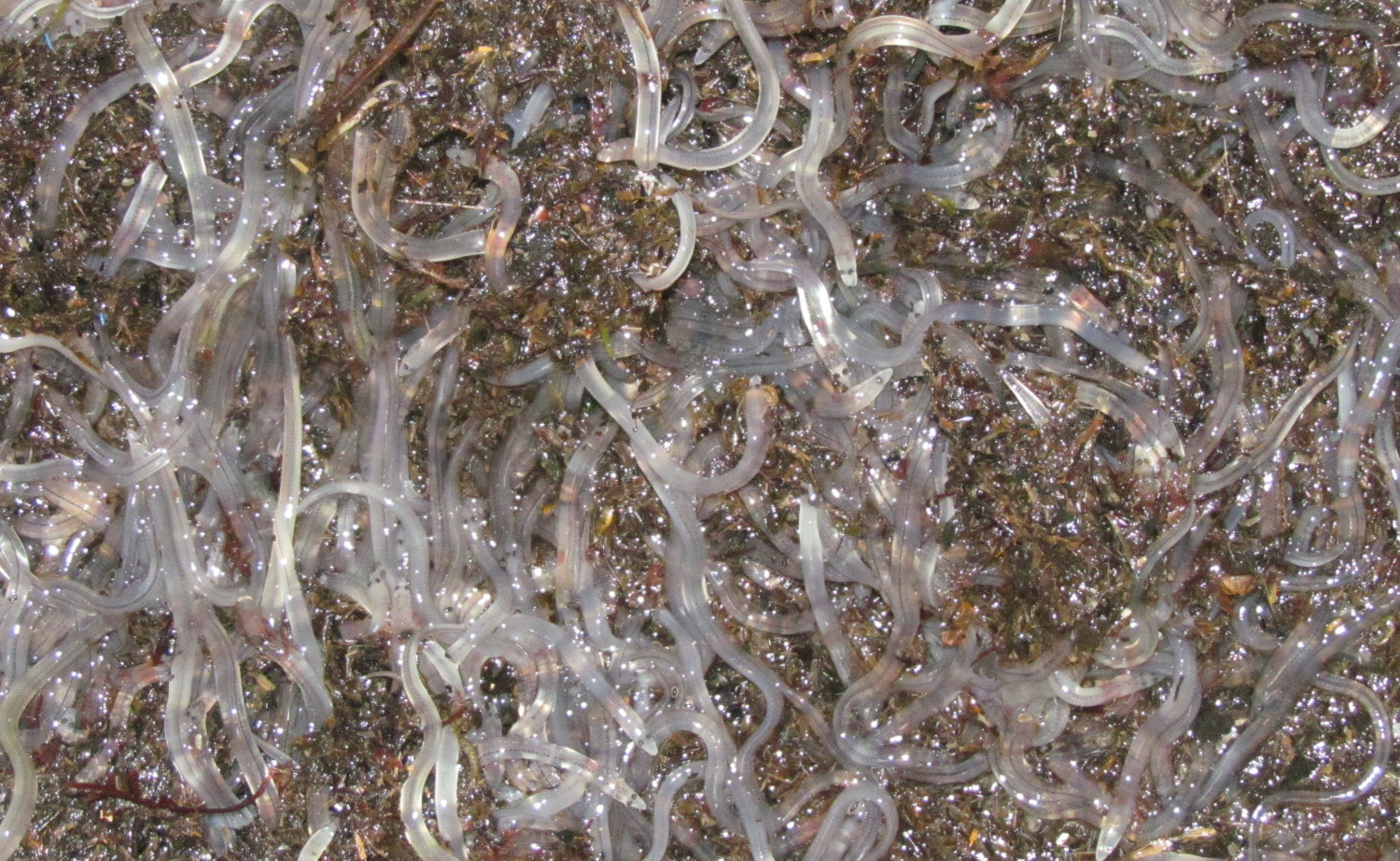A good killer
- This was named by the famous naturalist Félix Rodríguez de la Fuente. Excellent name for this stylish hunter, with a great ability to kill its prey.

Katajineta (Genetta genetta)
Group: Vertebrate / Mammal
Size: Body 43-55 cm. Tail 36-48 cm. 1.60 to 2.25 kg.
Where does he live? Forests, scrubs, roquedos and riverside forests.
What do you eat? Rodents, birds, amphibians, reptiles, invertebrates, fruits.
Level of protection: It is not protected.
It's a medium-sized carnivore, the size of a homemade cat. Her body is elongated and her gray brown coat, with gorgeous black pintans. It has short legs compared to the cat, smaller head and pointed tip. The ears are quite large and have significant black spots on the front of the eyes. Very long and thick tail with 8-10 black rings and peeled tip.
It is nocturnal and solitary, very quiet, with capacities similar to those of the cat: smell, sight and hearing unbelievers. With semi-retractable claws easily traverse the trees with impressive jumps, using the tail to maintain balance. It's not a very thin peak and it'll grab everything during hunting, especially mice and other rodents, but also birds. Amphibians, reptiles and insects are part of your diet and in the fall you will not give up the fruits of the forest. To this must be added what has been stolen from the farmhouses, especially from the chickens.
It's a very versatile generalist species able to live in very different habitats. Areas of forest and shrubland, streams margins, roquets -- they're all home to the swarm, whenever there's enough deposit. It also approaches frequently from the forest to the village environment in the hope of getting small snacks. The cold does not like anything and we will not find it in the higher mountains. Especially loving is the riverside and river forest, due to the warm microclimate that forms in it and the amount of food it finds.
It's no coincidence that he's a hot fan. Nor is it the only species of the Biberides family that lives in Europe. And neither have we found fossils from the animal in our environment. Genetic research indicates that man introduced it into Europe, brought from North Africa. The Arabs claim it is a contribution when they invaded the Iberian peninsula in the eighth century. They say they were domesticated because they were huge by catching mice and rats. There is another hypothesis that it is brought a few centuries earlier by the Romans, who also domesticated. Some say it was brought before by the Phoenicians. Although there are several hypotheses, what is clear is that the ginet is “newcomer”.
It currently covers Africa, the Arabian Peninsula and Europe. It is located in the Basque Country and throughout the Iberian Peninsula, and has already conquered southwestern France. Temperature appears to be the main limiting factor for European expansion. On the ascending road, how far will the katajineta come? Will climate change contribute to this northern conquest? Time will tell.
We bring him to take mice and rats and we end up stealing chickens ... He hasn't done a bad business! So for some it's just a killer. But despite being a murderer, you cannot deny that he is a good animal!
Itsasoan badira landareen itxura izan arren animalia harrapari diren izaki eder batzuk: anemonak. Kantauri itsasoan hainbat anemona espezie ditugun arren, bada bat, guztien artean bereziki erraz atzemateko aukera eskaintzen diguna: itsas-tomatea.
Ugaztunei eskainitako azken artikuluaren amaierako hitzak hurrengo animalia aurkezteko aitzakia paregabea dira. Bertan esaten genuen muturluzeak erreka “garbi eta txukunak” behar dituela, kutsadurarik gabeak baina elementu natural anitzekin. Animalia txiki horren... [+]
Antxoa, bokarta edo albokartia, gure arrain komertzialen artean txikiena, euskal kostaldera hurbildu da.
Katalanen ustetan artzainak engainatzen omen ditu hegazti honek: “enganyapastors”. Espainiar eta latindarrek, aldiz, ahuntzari esnea kentzen diola diote, hortik datorkio hain zuzen ere izen zientifikoan (Caprimulgus europaeus) islatzen den caprimulgus (capra... [+]
Leihatila honetan behin baino gehiagotan azaldu ditugu Ama Naturaren engainuak bere izakiak babestearren. Batzuetan, erle edo liztor itxura zuten euliak ekarri ditugu, beste batzuetan inongo arriskurik ez duten arrisku-kolorazioko intsektuak ere bai (kolorazio aposematikoa... [+]
Nekazal eremu lehor baten erdian ageri da putzua. Txikia da tamainaz, eta ez oso sakona. Egunak dira euririk egiten ez duela, baina oasi txiki honek oraindik ere aurretik bildutako urari eusten dio. Gauak eremua irentsi du eta isiltasunaren erdian kantu bakarti bat entzun da... [+]








